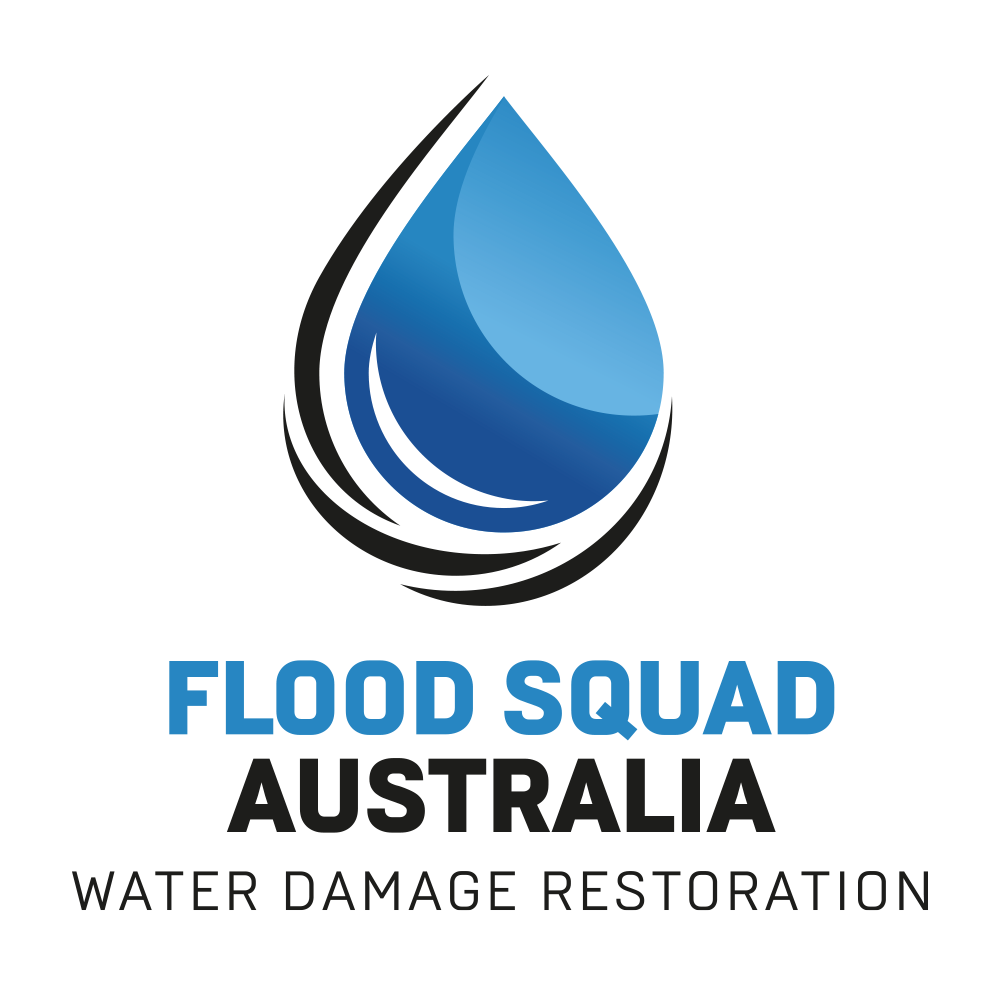Floods can wreak havoc on your home. The aftermath often leaves homeowners grappling with extensive water damage. Floodwater extraction is a crucial first step in the restoration process. It’s not just about removing water. It’s about saving your home from potential structural damage. Untreated flood water can lead to serious issues. These include mould growth, foundation weakening, and even structural collapse.
This article will guide you through the importance of prompt and professional floodwater extraction. We’ll delve into the process, benefits, and key considerations when dealing with flood damage restoration. Whether you’re a homeowner, property manager, or real estate professional, this guide will equip you with valuable insights. It will help you navigate the daunting task of restoring a flood-damaged property effectively.
The Importance of Flood Water Extraction
Flood water extraction is more than just a clean-up task. It’s a vital process that safeguards your home’s structural integrity. Ignoring this step can lead to severe consequences. These range from immediate risks to long-term structural damage.
Immediate Risks of Untreated Flood Water
Untreated flood water poses immediate risks to your home. It can lead to the growth of mould and bacteria. These not only damage your property but also pose health hazards. Moreover, flood water can weaken your home’s foundation. This can compromise the stability of your property, making it unsafe for habitation.
Long-Term Structural Damage Concerns
The long-term effects of untreated flood water are equally concerning. Over time, water can cause wooden structures to warp and swell. Additionally, moisture trapped within walls and floors can lead to rot and decay. This can cause serious structural damage, requiring costly repairs or even complete reconstruction.
The Flood Water Extraction Process
The flood water extraction process is a systematic approach to remove water and moisture from your home. It involves several steps, each crucial to restoring your property to its pre-flood condition. This process not only removes visible water but also addresses hidden moisture. This is essential to prevent mould growth and structural damage.
Step-by-Step Guide to Water Removal
The water removal process begins with a thorough inspection. This helps professionals assess the extent of the damage and plan the extraction process. Next, advanced equipment is used to extract standing water. This includes powerful pumps and vacuums capable of removing large volumes of water quickly.
Once the visible water is removed, the focus shifts to drying. Dehumidifiers and air movers are used to remove moisture from walls, floors, and other surfaces. Simultaneously, any damaged materials are removed and disposed of responsibly. This includes water-logged carpets, damaged furniture, and other items that cannot be salvaged.
Finally, the area is sanitised to eliminate any potential health hazards. This ensures your home is not only dry but also clean and safe.
Advanced Equipment Used in Extraction
The success of the flood water extraction process largely depends on the equipment used. Professionals use industrial-grade pumps and vacuums for water removal. In addition, they use specialised tools like moisture metres and thermal imaging cameras. These help detect moisture hidden in walls, floors, and ceilings, ensuring a thorough drying process.
Benefits of Professional Flood Damage Restoration
Professional flood damage restoration offers several benefits. The most significant is the preservation of your home’s structural integrity. By promptly removing water and moisture, professionals prevent long-term damage. This includes warping and swelling of wooden structures, and weakening of your home’s foundation.
Preventing Mould and Health Hazards
Flood water often brings with it various contaminants. These can pose serious health risks if not addressed promptly. Professional flood damage restoration includes thorough sanitization. This eliminates bacteria, mould, and other potential health hazards, ensuring a safe living environment.
Salvaging Your Property: Carpets and More
Flood damage isn’t limited to your home’s structure. It also affects your belongings, including carpets and furniture. Professional flood water extraction can help salvage these items. Techniques like flooded carpet cleaning can restore them to their pre-flood condition, saving you replacement costs.
Why Rapid Response is Crucial
When it comes to flood damage, time is of the essence. The longer water sits, the more damage it can cause. Rapid response to a flood situation can significantly reduce the extent of damage and restoration costs.
Minimising Costs and Preserving Home Value
Prompt flood water extraction not only minimises restoration costs but also helps preserve your home’s value. By preventing structural damage and mould growth, you maintain the integrity and appeal of your property, which is crucial if you plan to sell in the future.
Choosing the Right Flood Damage Restoration Service
Selecting a reliable flood damage restoration service is crucial. You need a team that can respond quickly, has the right equipment, and follows industry standards for safe and effective water extraction.
Certifications and Expertise
Ensure the service you choose has certified professionals with expertise in flood water extraction. They should be knowledgeable about structural drying, mould prevention, and flooded carpet cleaning. Their expertise will ensure your home is restored to its pre-flood condition.
Conclusion: Protecting Your Home from Flood Damage
In conclusion, flood water extraction is a vital step in protecting your home from structural damage. By acting promptly and choosing a professional restoration service, you can minimise damage, save costs, and ensure your home remains a safe and comfortable space for you and your family.


